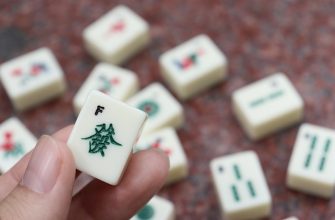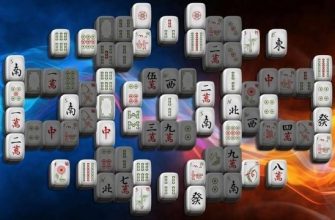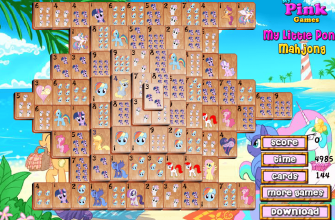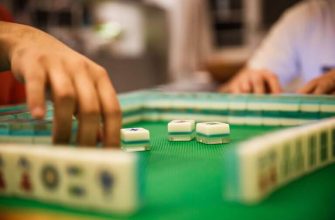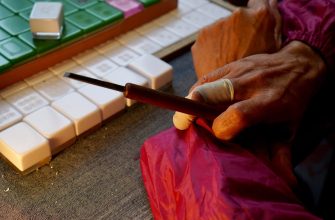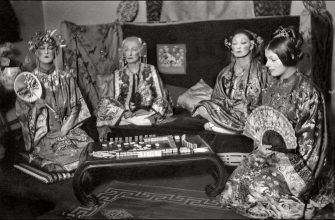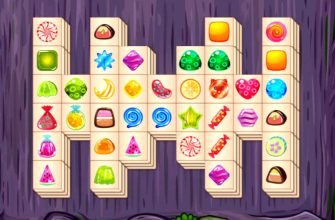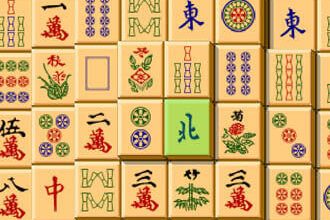Mahjong is a tile-based game that originated in China and has been played for centuries. Today, it’s enjoyed all over the world in many variations. While the rules may seem complex at first, the game is gratifying once you understand the mechanics.
Introduction to Mahjong
At its core, Mahjong combines:
- Skill – logical thinking, planning.
- Strategy – reading opponents, managing risks.
- Luck – drawing the right tiles at the right moment.
This blend makes it both a social pastime and a powerful mental exercise.
What Tiles Are There in Mahjong?
A standard Mahjong set has 144 tiles, divided into several groups:
- Suits – Bamboo, Characters, and Circles (1–9 in each suit, four copies per tile = 108 tiles).
- Honor tiles – Winds (East, South, West, North) and Dragons (Red, Green, White), 28 tiles total.
- Flower tiles – Optional, often used for bonus points. Usually, 8 tiles with unique images.
Note: Some versions of Mahjong don’t use flower tiles, which reduces the set to 136 tiles.
To get used to the tiles faster, try quick games online:
How to Start a Game
All tiles are shuffled face down. They are stacked into four “walls” forming a square (also called the castle). A die is rolled to determine where the wall will be broken. Each player draws 13 tiles, then players take turns in counterclockwise order.
The Basic Rules of Mahjong
The goal is to complete a winning hand – usually 4 sets and 1 pair (14 tiles in total).
A standard game consists of 4 rounds: East, South, West, and North. Each round has 4 hands (called “konos”), so a full match usually has 16 hands.
Types of Sets
- Chow – a sequence of 3 consecutive tiles of the same suit (e.g., Bamboo 4-5-6).
- Pong – three identical tiles (e.g., 3 Red Dragons).
- Kong – four identical tiles (e.g,. four 7 Circles).
Gameplay Flow
On each turn, a player draws one tile from the wall and discards one tile to the table. Discarded tiles are placed face up in the center. Other players may claim a discarded tile to complete a set (under certain conditions). When a player completes the required 14-tile combination, they declare “Mahjong!” and win the hand.
Important: a discarded tile can only be claimed immediately after it’s discarded. Players must announce “Pong”, “Chow”, or “Kong” (or “Mahjong” if it completes a winning hand).
Advanced Mahjong Strategies
Once you master the basics, strategy becomes the key difference between beginners and skilled players.
- Watch the discard pile – discarded tiles reveal what others are building.
- Play defense – sometimes it’s better to avoid helping an opponent win, even if it slows you down.
- Track suits – if someone avoids Circles, they may be collecting Bamboo or Characters.
- Plan – think 2–3 turns in advance and keep flexible options open.
- Use scoring wisely – focus not just on winning hands but also on maximizing points.
- Bluff and mislead – advanced players sometimes discard strategically to confuse opponents.
Popular Variations of Mahjong
| Variation | Key Features | Regions Popular |
|---|---|---|
| Chinese Mahjong | Classic version, straightforward rules | China, Taiwan |
| Japanese Riichi | Focus on betting, risk-taking, and defensive play | Japan, online |
| American Mahjong | Uses annual rule cards, jokers, and special hands | USA |
| Hong Kong Mahjong | Faster play, simplified scoring | Hong Kong, SE Asia |
| Jewish Mahjong | Developed in the 1930s US, with Jewish-themed tiles & rules | Jewish communities, USA |
Mahjong as a Social and Cultural Experience
Mahjong is not only about strategy; it’s also a deeply social game. Families in China often gather around Mahjong tables during the Lunar New Year. In Japan, Mahjong parlors remain popular leisure spots. In the US, Mahjong is especially popular among older adults and in Jewish communities.
Playing Mahjong improves memory, strengthens social bonds, and offers a unique cultural experience.
FAQs
- How many tiles do you need to win? A standard winning hand has 14 tiles (4 sets + 1 pair).
- How long does a game take? From 30 minutes to 3 hours, depending on the rules and skill of the players.
- Is Mahjong luck or skill? It’s both. Luck decides your draws, but skill, memory, and strategy determine consistent success.
- Can I play Mahjong online? Yes! You can play Mahjong directly on our website with over 170 games available.
- Do all versions use the same rules? No, each variation (Chinese, Japanese, American, etc.) has unique twists and scoring.
Conclusion
Mahjong is a fascinating mix of tradition, logic, and fun. Once you learn the tiles and rules, you’ll discover a world of strategies and styles that make every game unique.
- Start with the basics.
- Practice often (online and offline).
- Study strategies and watch others play.
- Remember: it’s about both winning and enjoying the experience.
So shuffle those tiles, build your wall, and give Mahjong a try — you might find yourself hooked on one of the world’s greatest games.

